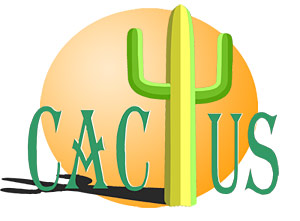
This domain is parked with Cactus Software Ltd.
Web Hosting · Web Development · eCommerce · Application Development
Phone: +64 3 547 9383 · enquiries@cactus.net.nz · www.cactus.net.nz · Nelson, New Zealand

Web Hosting · Web Development · eCommerce · Application Development
Phone: +64 3 547 9383 · enquiries@cactus.net.nz · www.cactus.net.nz · Nelson, New Zealand